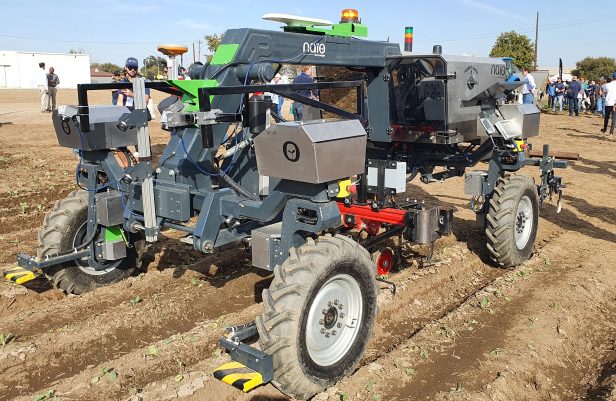I am personally sad that Small Robot Company has gone into liquidation. Personally sad because I invested in it but also because it is probably the end of an academic dream that friends and colleagues believed in passionately. The dream failed to make it to market for a number of practical reasons.
- Finance
- Minimum Tillage
- Weeding
- Harvesting
Finance. Interviewed on BBC Radio 4 Farming Today the founder of Small Robot Company blamed the Agtech financing climate in the UK and I would agree from my experience starting eCow, Milkalyser and VirtualVet there are few investors or funds willing to take long term high risk investments in UK agtech. Investors mostly want companies with proven products and sales. Any company developing hardware that needs to be tested and developed over a number of seasons is going to struggle. Even if the product works and sells the cost of scaling is immense. Investors love software start ups because testing is usually quite quick and upgrades can be cheaply sent out over air. There is plenty of evidence that the Silicon Valley model of funding does not work well in farm machinery. These are not fast moving consumer goods bought as fashion items.
Minimum Tillage. For years the concept of reducing the soil compaction associated with heavy machinery has proposed that fleets of light weight robots could replace the heavy machines needed for field operations. The Tom robot mapped pests and then returned for spot spraying. The concept was that the major time cost for human labour could be replaced by a few machines taken out to the fields that would quietly work away. However, I think the real problem of compaction came from the previous fashion for deep tillage which requires huge motive power and thus heavy machines. Minimum or even no till requires a completely different approach with use of tramlines and accurate GPS. If spraying is to done then 24 m passes on tramlines and lighter machines that could be automated rather reduce the argument for the swarm of small robots.
Weeding As we move away from spraying weeds towards steered blades, electrocution and lasers we reintroduce the need for power on the implement. My abiding memory of the wonderful laser weeders working rocket beds is the sound of the diesel generators needed to power the servers and lasers. These will not be powered by small machines in the near future. Blade weeders need traction and good electrical supply too for the imaging computers.
Harvesting The biggest machines we always see are always harvesters after all we planted kilograms of seed and expect to harvest tonnes of crop. Cereals and forage crops get harvested when soils are dry in summer when compaction is lower risk but the high value vegetable crops with big labour demands have to be brought in over often soaking soils so again we need power.
In my view the future of field robotics is to develop systems that allow farmers the flexibility of use of tractors and implements with automation tools that for routine field operations do not require a driver. I am working on remote control systems that can be used from off the seat but stop safely if humans are in danger around the machine. Only the largest farms can justify machines that can do limited operations.



